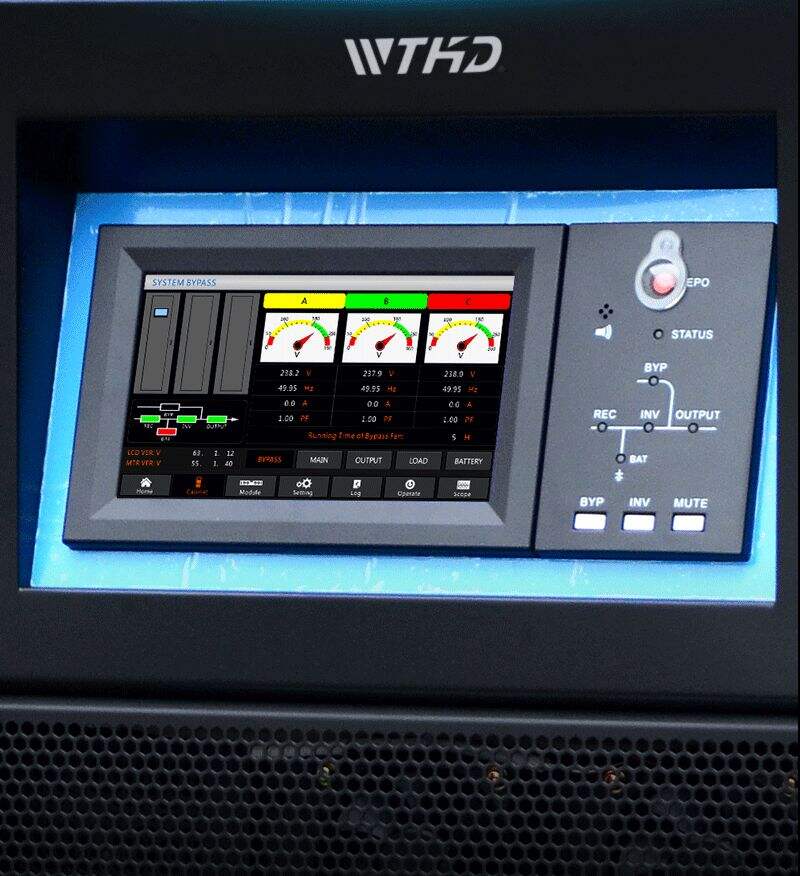Power failures meant that the entire firm would shut down and that there would be significant disruptions at home, and that is how UPS systems became a necessity by keeping devices running long enough for a safe shutdown or generator switch. The modern units constantly measure the quality of power, control energy level, and combine with renewable systems. In short, they have been improved over the years to become smart and effective power solutions.
• From Basic Power Backup to Intelligent Power Management
Initially, UPS systems were developed as a temporary measure to have a few minutes of power to allow safe device shutdowns or generator start up. This proved useful especially in the office setting in the 1990s. Over the years, they have been increasing in role. The current UPS systems not only reduce outages but also control the fluctuations in voltage and safeguard sensitive electronics and also maintain constant operations in critical areas with high stakes like hospitals. Modern models come with automated alerts, remote monitoring, and integration with renewable energy sources. UPS systems are being installed in data centers as a backup and load-management device, to assist in minimizing the cost of energy during high levels of demand. This development makes UPS a business strategic energy infrastructure and a secure family’s safety.
• How IoT and AI Are Revolutionizing Modern UPS Solutions
(Picture idea: Illustration showing a modern UPS connected to cloud-based analytics, with icons for AI, IoT, and predictive maintenance.)
• The Role of Lithium-Ion Batteries in the Next Generation of UPS Systems
(Picture idea: Diagram comparing size, lifespan, and recharge time between SLA and lithium-ion UPS batteries.)

